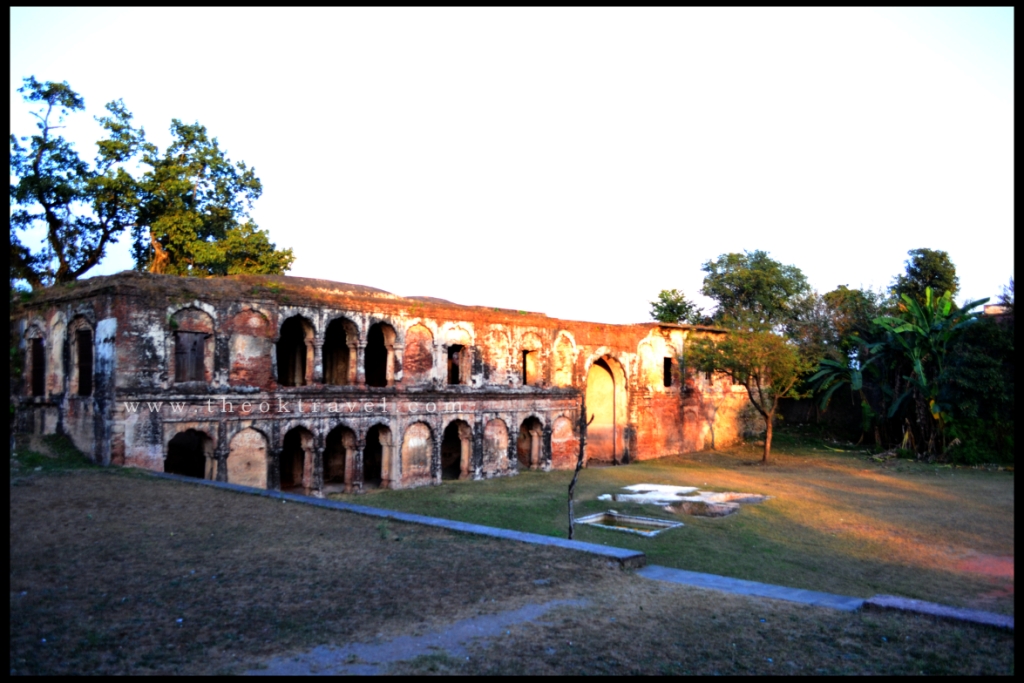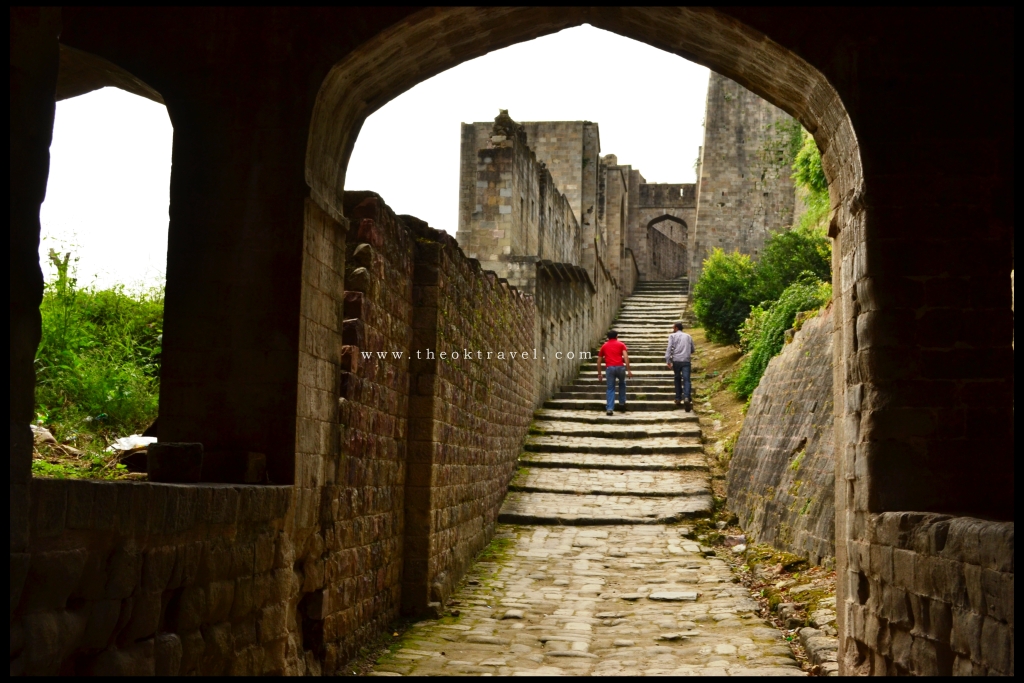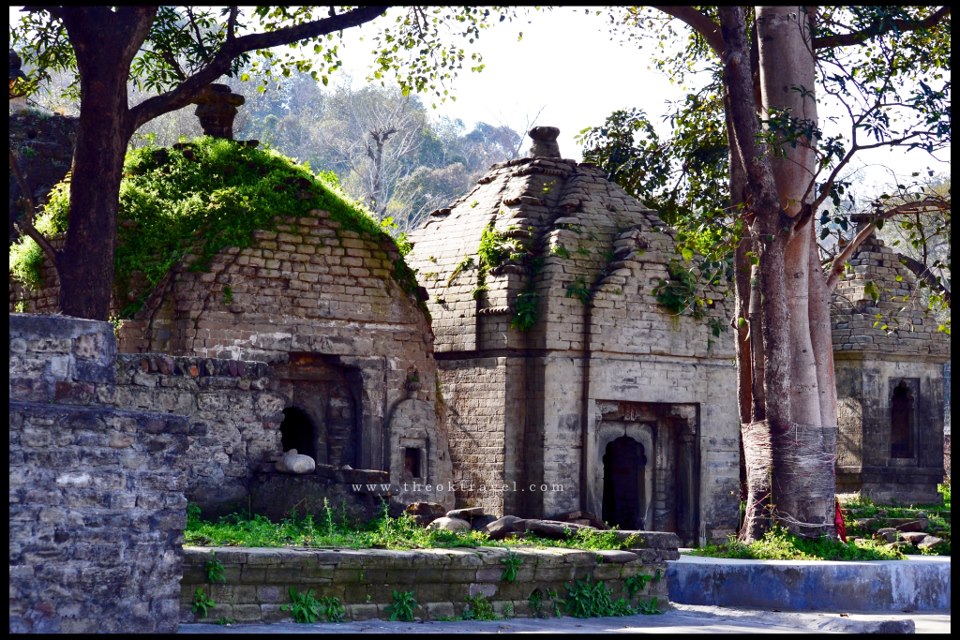Himachal Pradesh is one of the most visited tourist destinations in the country. However, in the name of tourism, only Shimla, Manali, and Dharamshala attract tourists. Himachal is much more than just three locations. The folklore and culture of the land is something which is not known even to the natives of this land.
The rulers of this land built many temples and forts across the state and each one of those forts has got a story to tell. Hamirpur and Kangra are two such places in the state where art and crafts flourished in the earlier times. Many forts and temples were constructed across the region and even today those forts and temples stand tall.
Hamirpur inherits its name from the name of Raja Hamir, who belonged to the great Katoch lineage of emperors. Hamirpur borders Kangra district and both these districts were under the rule of Katoch dynasty. Hamirpur was once ruled by Sansar Chand Katoch and it houses some of the finest jewels connected with the rich legacy of the region.
Abhaya Chand Katoch built a fortified palace atop a hill on the banks of the River Beas. That palace is today known as the Sujanpur Fort. The fort was built in the year 1758.
The fort of Sujanpur – Tira is only 25 kilometers from the Hamirpur town and 120 Kilometers from Dharamshala. The famous shaktipeeth of Jawalaji is just 40 kilometers from this fort.

Sujanpur-Tira was Sansar Chand’s third capital and because he was a great patron of art and culture, Sujanpur-Tira soon became a hub of cultural activities. Kangra Paintings and folk music flourished under his rule. A nearby village called Alampur became a major center for promotion of these arts. Sansar Chand frequently indulged with arts and artists and has gone down in history as a true patron.
The festival of Holi is celebrated at the Sujanpur Twon every year with great fervor and enthusiasm. Celebrating Holi has remained an integral part of the history of Sujanpur. Under the regime of Sansar Chand, Holi was one of the most popular festivals.
The devastating earthquake of 1905 that destroyed the Kangra Fort caused huge damage to this fort also. Even today signs of that earthquake are still visible at the fort.
Some of the temples of Sujanpur may be built over again but the Narbadeshwar temple survived the seismic shocks. The walls of this temple have given refuge to some of the finest frescoes of the famous Pahari School of painting. Archaeological Survey of India is helping to conserve its rich treasure. The temple was built in the year 1802 AD by the Maharani of Sansar Chand. The temple is constructed in Panchayatan Style and scenes from the great Indian epics Mahabharat and Ramayan are depicted in the frescoes.
Another temple built in the Shir-Shaili style stands at one of the corners of the ground in front ogf the fort. This temple was built by a Katoch Ruler in the year 1785 AD.

Only 10 kilometers from the temple town of Jwalamukhi and 28 kilometers from Hamirpur on the left ban of river Beas is Nadaun. This town came into prominence when the Kangra rulers shifted their capital here after they lost Kangra fort to invading armies. the scenic beauty of Nadaun in the vicinity is legendary with a saying recording it as ‘he who goes to Nadaun, why should he return?’
Ruins of the old palace here tell tales of the better days it has seen. Kangra miniature paintings are still housed at Amtar palace. In this land dominated by temples of Devi’s, at Naduan there is one dedicated to Lord Shiva. The turbulence of the Beas having calmed near Nadaun provide excellent river rafting sites. And with the king of fishes ‘the Mahaseer’ among its waters excites all angler’s.
It was in these surroundings the luster faded Katoch royalty after having ruled Kangra for about 2000 years spent its last days before the British took control. Trapped between the Sikh armies of Maharaja Ranjit Singh on one side and Gurkhas armies under Amar Singh Thapha on the other the great Katoch empire had shrunk to Nadaun and Sujanpur Tira.

The broken forts of Sujanpur Tira and Nadaun and the townships may have lost their importance but these places wait their turn to be discovered again.
